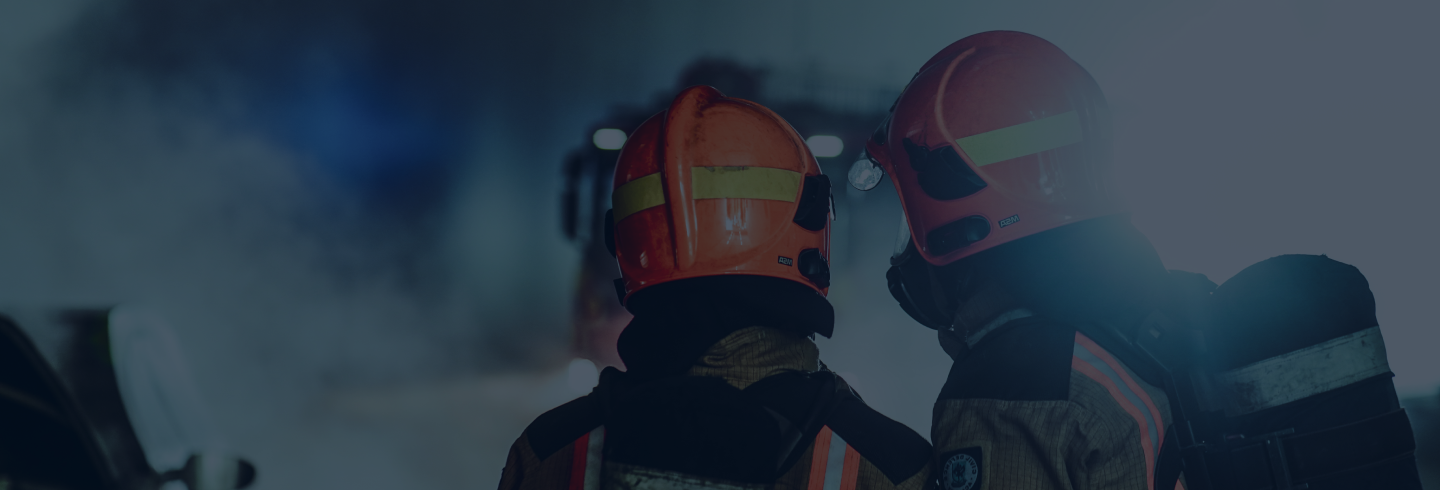Please enter a keyword to search
7.2.1 Provision
a. Internal exit staircase
In any building of which the habitable height exceeds 24m, any internal exit staircases without adequate provision for natural ventilation shall be pressurised to comply with the requirements in this Code. Where the upper part of the staircase is naturally ventilated, its lower part can be provided with mechanical ventilation or pressurisation, whichever is appropriate, in accordance with Cl.2.3.3d.(9).
b. Basement
In a building comprising more than four basement storeys, exit staircases connected to a fire lift lobby in basement storeys shall be pressurised to comply with the requirements in this Code.
c. PG II occupancy
Where PG II building is provided with a mechanical ventilation system or pressurisation system for its staircase storey shelter, an automatic smoke detection system complying with SS 645 shall be installed. The smoke detector shall be located at the entrance of each exit staircase at every storey, including the non-residential floors. Activation of any smoke detector shall initiate the operation of the mechanical ventilation system or pressurisation system.
7.2.2 Pressurisation level
a. When in operation, the pressurisation system shall maintain a pressure differential of not less than 50 Pa between the pressurised exit staircase and the occupied area when all doors are closed.
b. Where a smoke-free lobby is also pressurised, the pressure at the exit staircase shall always be higher.
c. The force required to open any door against the combined resistance of the pressurising air and the automatic door closing mechanism shall not exceed 110N at the door handle.
7.2.3 Egress velocity
a. When in operation, the pressurisation system shall maintain an airflow of sufficient velocity through open doors to prevent smoke from entering into the pressurised area.
b. The flow velocity shall be attained when a combination of two doors from any two successive storeys and the main discharge door are fully open.
c. The velocity averaged over the full area of each door opening shall not be less than 1.0 m/s.
7.2.4 Leakages
a. The rate of supply of pressurised air to the pressurised areas shall be sufficient to make up for loss through leakages into the unpressurised surroundings.
b. Adequate relief of leaked air out of the occupied area shall be provided to avoid a pressure build-up in this area. The relief can be in the form of perimeter leakages or purpose built extraction systems.
7.2.5 Distribution of pressurising air
a. The number and distribution of injection points for supply of pressurising air to the exit staircase should ensure an even pressure profile complying with Cl.7.2.2.
b. The arrangement of the injection points and the control of the pressurisation system shall be such that when the opening of doors or other factors cause significant variations in pressure difference, the condition in Cl.7.2.2 shall be restored as soon as practicable.
7.2.6 Pressurisation equipment and controls
a. All the equipment and the relevant controls associated with the pressurisation system shall be designed and installed to ensure satisfactory operation in the event of a fire.
b. Supply air for the pressurisation system shall be drawn directly from the external space and its intake shall not be less than 5m from any exhaust discharge openings.
c. The pressurisation system shall be automatically activated by the building fire alarm system. In addition, a remote manual start-stop switch shall be made available to firefighters at the FCC, or at the fire alarm panel where there is no FCC. Visual indication of the operation status of the pressurisation system shall be provided.
Updated 3 Mar 2025

